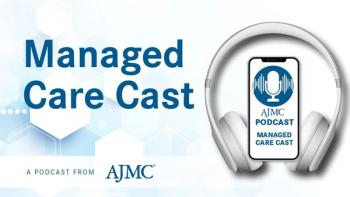
COVID-19
Latest News
Latest Videos

Podcasts
CME Content
More News

Social risk factors significantly increase the likelihood of developing long COVID, highlighting the urgent need for equitable health care and support systems.

Despite offering significant protection against severe COVID-19, patients with cancer, a high-risk group, showed low uptake of booster vaccinations.

Patients with bronchiectasis face heightened risks of severe exacerbation and mortality after COVID-19 recovery, especially following severe cases.
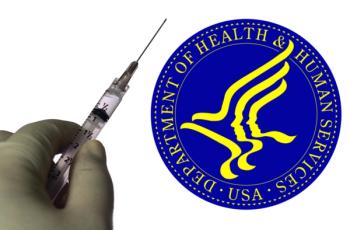
The plaintiffs are seeking preliminary and permanent injunctions against recent COVID-19 vaccine policy changes and a declaratory judgment that the HHS secretary’s actions were unlawful.
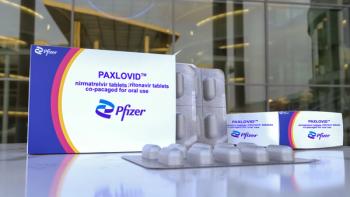
Encounter-level factors played a key role in limiting outpatient COVID-19 treatment for Black and Latino patients.
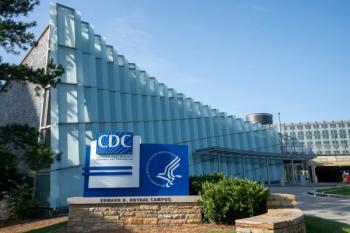
Controversy surrounds the Advisory Committee on Immunization Practices’ (ACIP) first meeting under new leadership as vaccine skeptics join the panel.
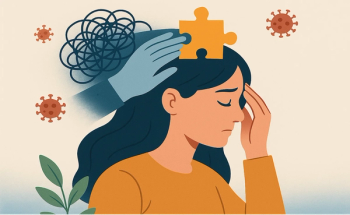
New research reveals mental health recovery post COVID-19 takes nearly 3 times longer than physical health, highlighting the need for targeted care strategies.

"Political directives should not prevent individuals from seeking safe and effective care that they desire and deserve," authors from the American College of Physicians (ACP) write.

These populations are still included in the CDC’s COVID-19 immunization schedules despite the HHS secretary saying the shots are no longer recommended for them.

Over 500,000 US patients hospitalized with nonsevere COVID-19 saw no clinically significant benefit and potential harm associated with routine early antibiotic treatment, supporting antibiotic stewardship to limit unnecessary use.

Despite recent declines, health care worker burnout has not returned to prepandemic levels and remains a persistent concern across roles and settings.

The proposal aims to align global leaders on pandemic prevention, preparedness, and response to future pandemics.
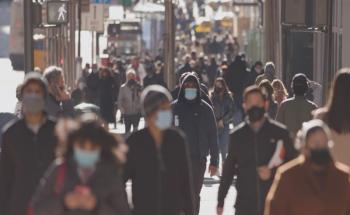
Interventions that target enhancing health care equity among communities disproportionately affected by the COVID-19 pandemic can be improved by including comprehensive needs assessments at the patient, provider, and health system levels.
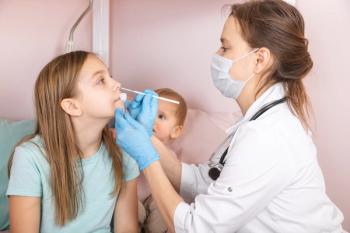
Pediatric patients with prior SARS-CoV-2 infection had a higher risk of adverse postacute kidney outcomes, such as new-onset chronic kidney disease (CKD) and declining kidney function, if they had preexisting CKD or acute kidney injury.

COVID-19 served as a major catalyst for the widespread adoption of remote patient monitoring, which helps to prevent hospitalizations, improve medication adherence, and enable early interventions by helping providers prioritize high-risk patients.

Annie Antar, MD, PhD, spoke about how long viral clearance could be an indicator of long COVID, but more research would need to be done to confirm this.

To mark the 5-year anniversary of the COVID pandemic, The American Journal of Managed Care® spoke with Noah Greenspan, DPT, PT, CCS, EMT-B, cardiopulmonary physical therapist and director of the Pulmonary Wellness and Rehabilitation Center in New York City.

A new analysis out of England shows a considerable level of uncertainty among adults who think they could have long COVID, as well that levels of the chronic condition are disproportionately higher among certain socially disadvantaged groups.

These studies published in The American Journal of Managed Care® explored telehealth, care access, and patient experience during the COVID-19 pandemic.

Vaccine hesitancy and higher rates of school vaccine exemptions increases the risk of outbreaks of preventable diseases, creating a significant health risk for vulnerable populations.

Long-term effects of COVID-19 include lingering symptoms that take months to improve, more severe illness for cancer survivors, and a higher risk of death after infection for people living in rural areas.

Long COVID is the chronic manifestation of lasting symptoms of SARS-CoV-2 infection that can last for at least 3 months, with shortness of breath and system inefficiency often remaining central issues for many patients.
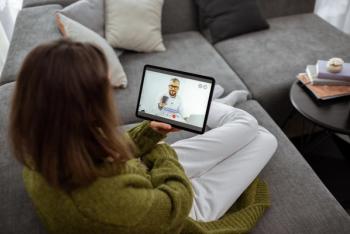
Higher telemedicine adoption among Medicare beneficiaries was associated with a slight increase in total visits but a reduction in certain low-value tests and related spending.

The comparable rates of remission pre- and post-pandemic suggest that COVID-19 did not negatively impact the outcomes of patients with ovarian cancer.

During the unwinding of continuous Medicaid provisions, 8.7% of pediatric patients at community-based health organizations became uninsured, with higher rates among older children, females, and those with chronic medical conditions.










